Weaving Diné Design from the Desert Landscape

Diné (Navajo) culture is centered on wool, the landscape, and the concept of Hózhó (balance). Wool from the Churro sheep is integral to our life and belief system. For centuries the Churro sheep provided for the Diné (Navajo) in many ways, including meat for sustenance as well as wool for clothing and blankets for survival. For us, the Churro represents our lifeway to Hòzhó (balance). The vast desert is where the long and vibrant history of the Diné (Navajo) exists and where one goes to find Hózhó (balance).
As a Diné (Navajo) woman, I am constantly inspired by my culture as well as the desert landscape of New Mexico. The vastness of Dinétah (the Navajo homeland) is rich with the narratives that exist within the landscape. We believe that in order to understand the Diné (Navajo), you must place yourself into the world of Diné (Navajo) tradition. The beauty of the open landscape is what inspires not only my work but also the way that I translate my culture. The rock formations and towering mesas have a sense of deep knowledge within them. If you listen closely, you start to understand the significance of keeping these environments safe and their importance to not only the Diné (Navajo), but to the surrounding tribes. For many Native Americans, our landscape is our story, our connection to our ancestors. It is through the Kinetáh (land) that I learn about my own culture and listen to the quiet voice of the Diné bikéyah (Navajo people) before me.

Tsé’najin II (Black Rock) in Rio Puerco Valley, New Mexico. Photograph by Dakota Mace, 2015.
My own work essentializes certain aspects of Diné (Navajo) weaving traditions and translates them through handmade paper, beadwork, and weaving. My work starts a dialogue between traditional versus fine art and the way that the western world continues to perceive Diné (Navajo) weavings as utilitarian objects rather than works of art. To approach this conversation, I subtly introduce western forms of weaving culture in combination with Diné (Navajo) beliefs. By doing so, I am creating an entirely new concept that translates the language of Diné (Navajo) weavings through the understanding of the fine art world. This abstract approach gives my audience a window into the world of the Diné (Navajo), while also introducing new techniques of design and color. This serves as a different approach to cultural reclamation and preservation, and it also underscores the importance of the Diné (Navajo) concepts used in my weavings.
These Diné concepts include:
Four
Within Diné (Navajo) culture, there is a symmetry that exists within fours: four sacred mountains, four cardinal directions, four sacred colors, and the Na’ashjé’ii Asdzáá (Spiderwoman) motif with four points. The importance of Kinetáh (land) is perceived as a grid wherein sacred threads are woven, much like the Diné loom, that connects Diné bikéyah (Navajo people) through Naalyéhé (materials) and Dįį́’́(four).
Na’ashjéii Asdzáá (Spider Woman)
Na’ashjéii Asdzáá (Spider Woman) represents the sacred origin of forms and symbols that exist within the process of working materials. She is one of the most important deities to the Diné (Navajo) and is the most prevalent motif used in my work. She was the first to weave her web of the universe while spreading Hózhó Náhásdlíí’ (Beauty Way) teachings about the balance within the mind, body, and soul. My work formulates an understanding of certain aspects of Diné Bahané (Navajo creation story) and brings Na’ashjéii Asdzáá into the fine art world. The essence of Na’ashjéii Asdzáá (Spiderwoman) exists within each piece as it focuses on abstracting Dįį́’́(four) and reinterpreting the physical representation of weaving itself.
Hózhó (balance)
The symmetrical designs of my work are physical representations of Hózhó (balance). This reminds us that our mind and Níłch’i (spirit) weave a connection to the land that the Naalyéhé (materials) emerge from. For the Diné bikéyah (Navajo people) here is a special relationship to the land and the natural materials that it provides. My work speaks to the importance of natural materials by mimicking the tones, vegetation, animal hides, and stones found within the land. It is through these materials that a visual language is expressed through the calm resonance of Hózhó Nahasdlii (living within balance).
Materials
The materials that come from the landscape are also of great importance. Each and every plant has its place in Diné (Navajo) culture and relates back to the Diné Bahane’ (Navajo creation story). The use of natural materials in my work, such as the Churro wool, and the way I mimic the tones, vegetation, animal hides, and stones found within the landscape is a direct response to the way the western world doesn’t acknowledge the land that we come from anymore. Weaving is a way to translate the importance of Naalyéhé (materials) through Hózhó (balance). Resistance movements have sought to bring back the land to the Diné (Navajo) based on ecological and cultural values. Through Hózhó (balance) we bring back that deep connection to land and what we see.
Hózhóogo naasháa doo
Shitsijí’ hózhóogo naasháa doo
Shikéédéé hózhóogo naasháa doo
Shideigi hózhóogo naasháa doo
T’áá altso shinaagóó hózhóogo naasháa doo
Hózhó náhásdlíí’
(In beauty I walk)
(With beauty before me I walk)
(With beauty behind me I walk)
(With beauty above me I walk)
(With beauty around me I walk)
(It has become beauty again)
Our weavings are poetic and carry within them our sacred ideologies that resonate as quiet voices within each art object. A weaving is more than a pattern between warp and weft; it serves as a reminder of the importance of tradition and the belief of hajisí dígíí dahiistłó biihji nilłx (we weave what we see.)
Click images below to enlarge. All artwork by Dakota Mace.
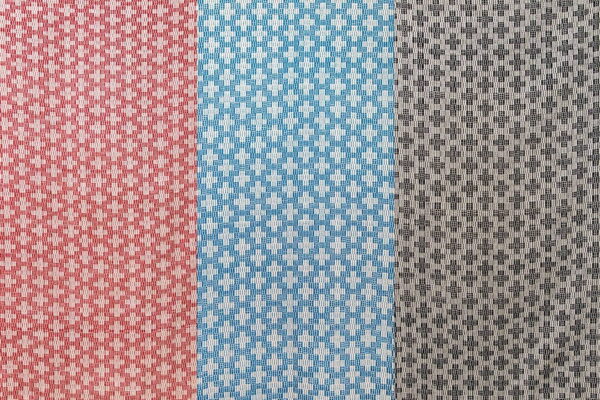
Featured image: Wolfstand in Torreon, New Mexico. Photograph by Dakota Mace, 2015.
Dakota Mace is a Diné artist from Albuquerque, New Mexico. She received her MFA and MA from the University of Wisconsin-Madison and her BFA from the Institute of American Indian Arts in Santa Fe, New Mexico. She is currently pursuing a second MFA in Textile Design at the University of Wisconsin–Madison. Her work focuses on translating the language of Diné weaving history as well as beliefs through different mediums and techniques. Website. Contact.



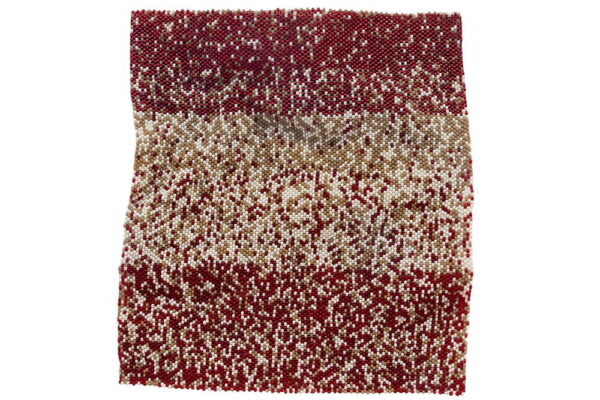
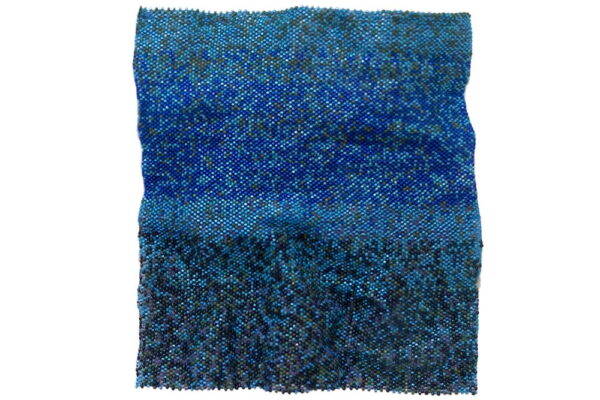
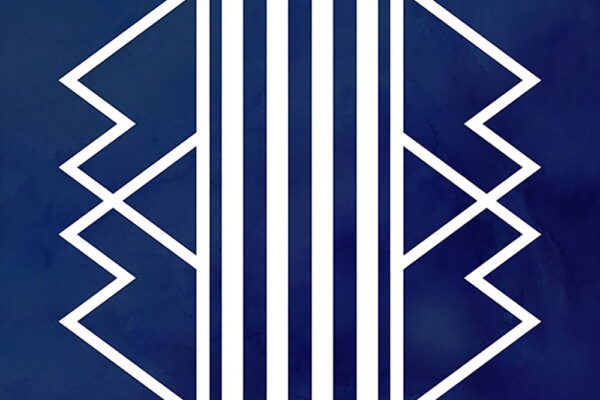
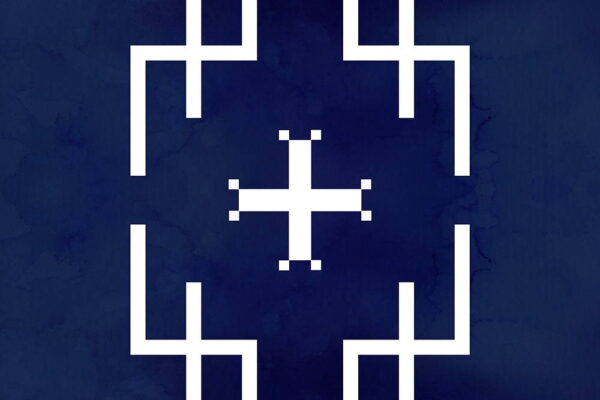

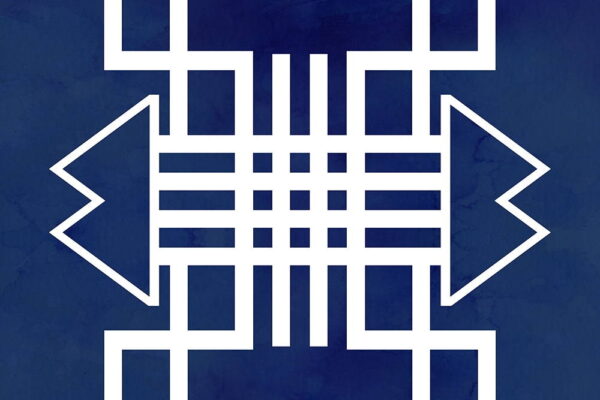
You must be logged in to post a comment.